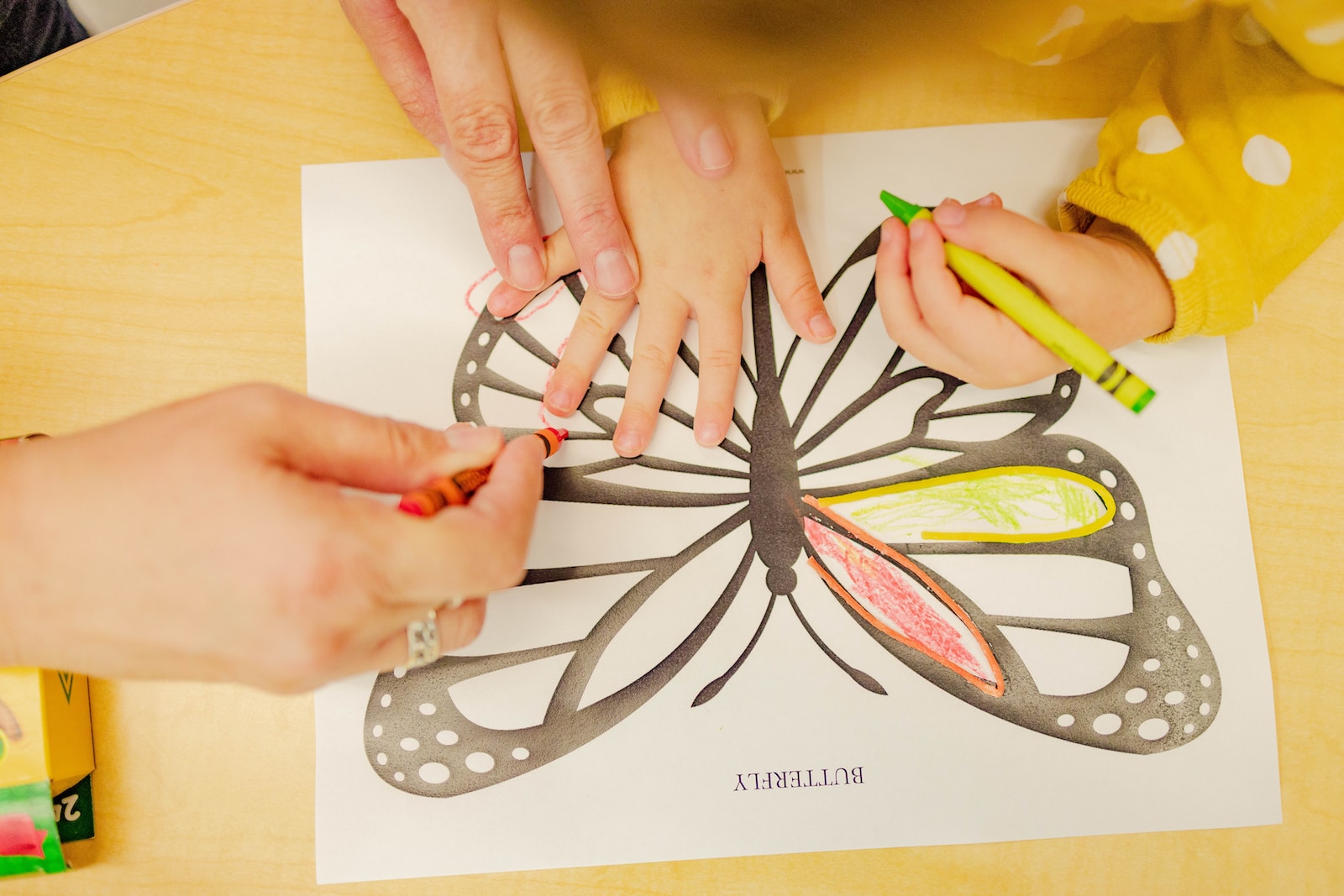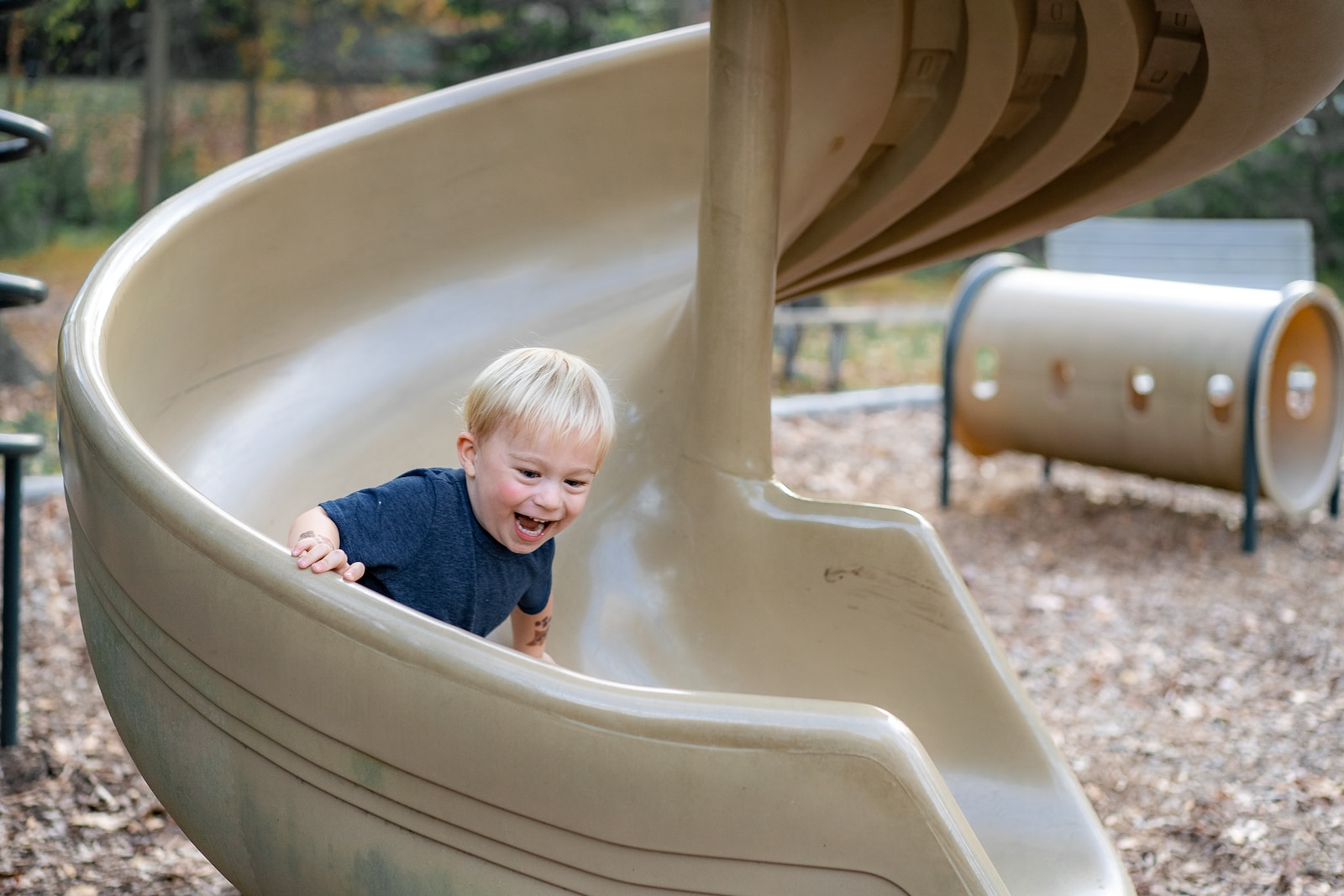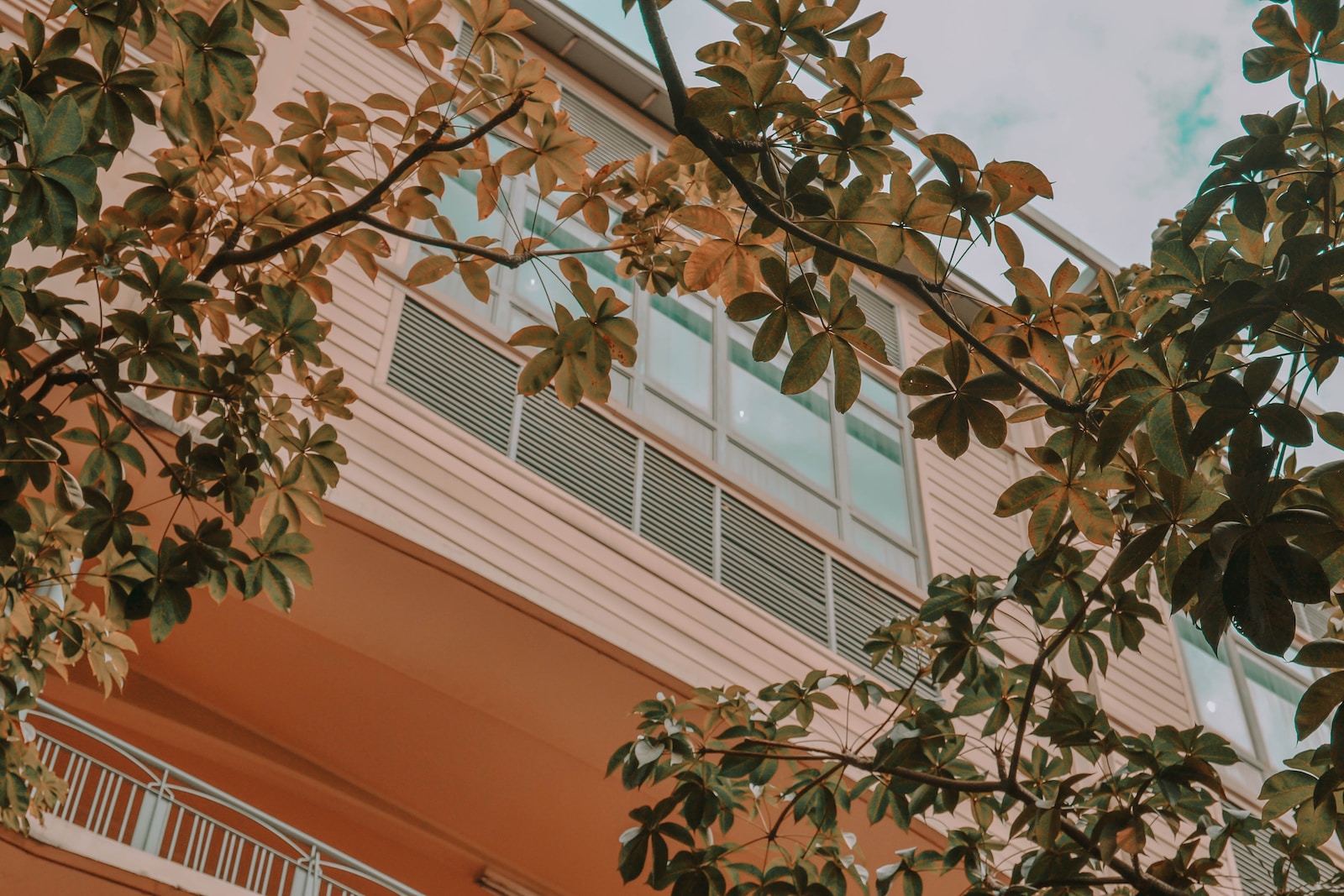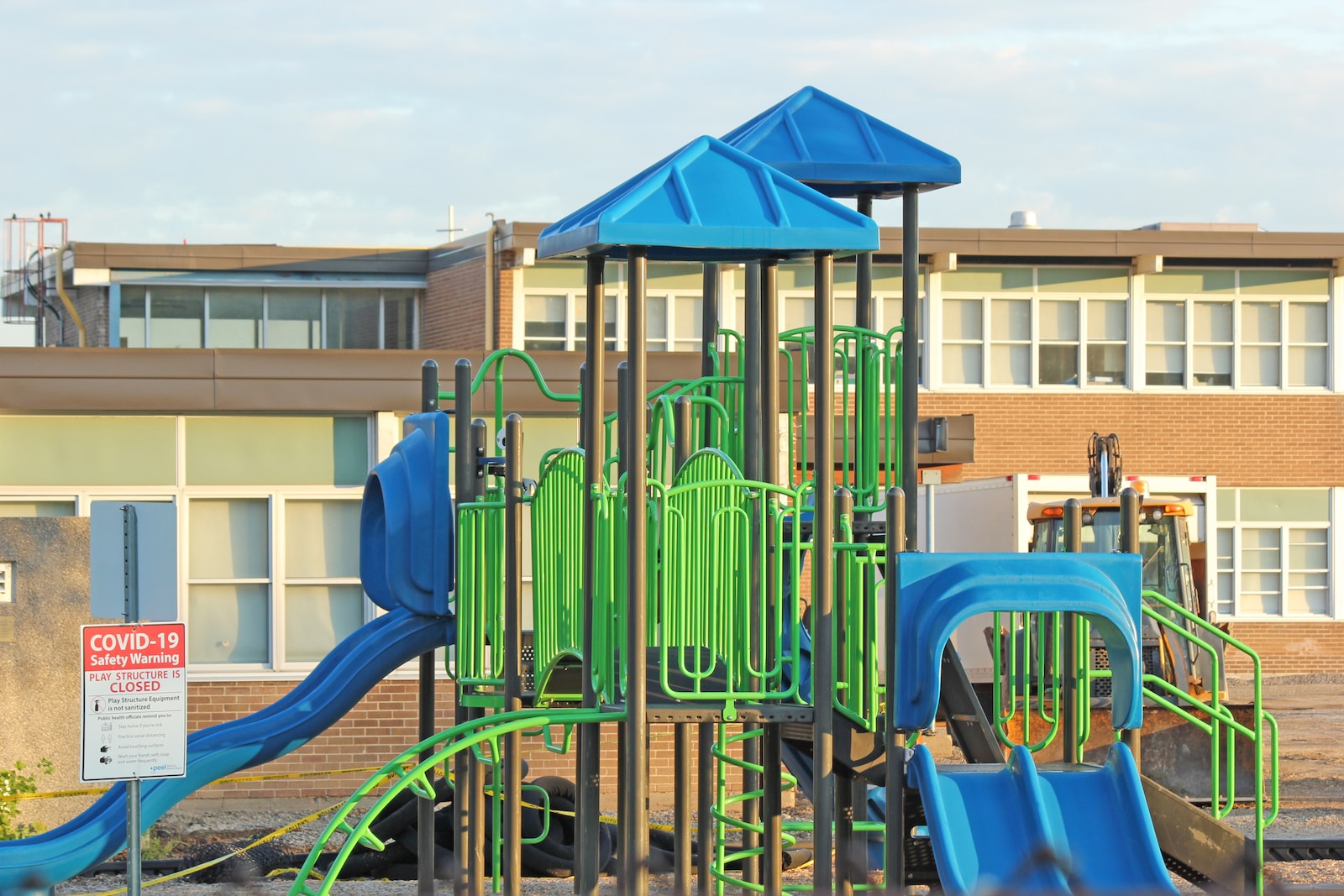Abstract
Background
Most physical activity (PA) during school occurs at recess; however, recess PA may be influenced by children’s thermal comfort and interaction with nature, neither of which have concurrently been measured reliably in previous studies. This study tests the reliability of SOPLAY-SN, an adaption of the validated System for Observing Play and Leisure Activity in Youth (SOPLAY) to measure Shade and Nature (SN) alongside PA and associations between children’s PA and interaction with shade and nature during recess to highlight the utility of the tool.
Methods
Interactions with shade and nature were measured using systematic direct observation at two playgrounds (primary-grade_=_ages 5-8, upper-grade_=_ages 9-12) during recess at an elementary school in Phoenix, Arizona (USA). Pairs conducted observations over four warm days (primary_=_29-34 ¡C, upper-grade_=_32-36 ¡C) in May 2021 (N_=_179 scans). Intraclass correlation coefficients (ICC) were used to calculate inter-rater reliability. Mean counts, frequencies, and Kendall rank correlation coefficient tests were used to assess relations between PA level and interactions with shade and nature.
Results
Reliability was good for sedentary behavior (ICC_=_0.98); light PA (LPA; ICC_=_0.80) and moderate-to-vigorous PA (MVPA; ICC_=_0.94); shade interaction (ICC_=_0.95); and nature interaction (ICC_=_0.80) and average agreement was good (86% overall PA, 88% shade, 90% nature). Most (60%) primary-grade children were observed in the shade, with 64% under a covered play structure where children were mainly (47%) sedentary. Of the 11% of primary-grade students observed interacting with nature, 90% occurred in a grass field with trees. Among upper-grade children, 23% were observed in the shade with 53% in grass fields where 48% of play was light. Few (7%) upper-grade children were observed interacting with nature, with most instances (76%) in a grass field with trees. Among primary-grade children, shade was correlated with sedentary behavior (_b_=_0.63, p_<_.05); LPA (_b_=_0.39, p_<_.05); MVPA (_b_=_0.56, p_<_.05); and nature interactions with sedentary behavior (_b_=_0.16, p_<_.05). Among upper-grade children, shade was correlated with sedentary behavior (_b_=_0.27, p_<_.05) and LPA (_b_=_0.21, p_<_.05).
Conclusions
SOPLAY-SN is a reliable tool for measuring children’s interaction with shade and nature and participation in PA. Understanding how shade and nature impact movement during recess can inform playground design for children’s health and well-being.
Journal: International Journal of Behavioral Nutrition and Physical Activity
Year: 2022



